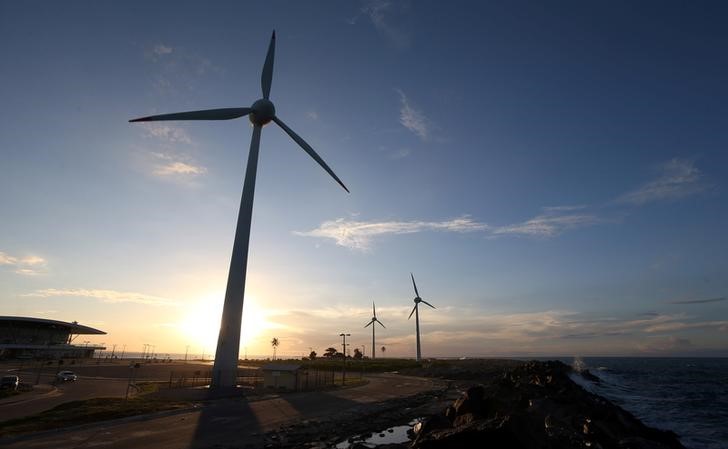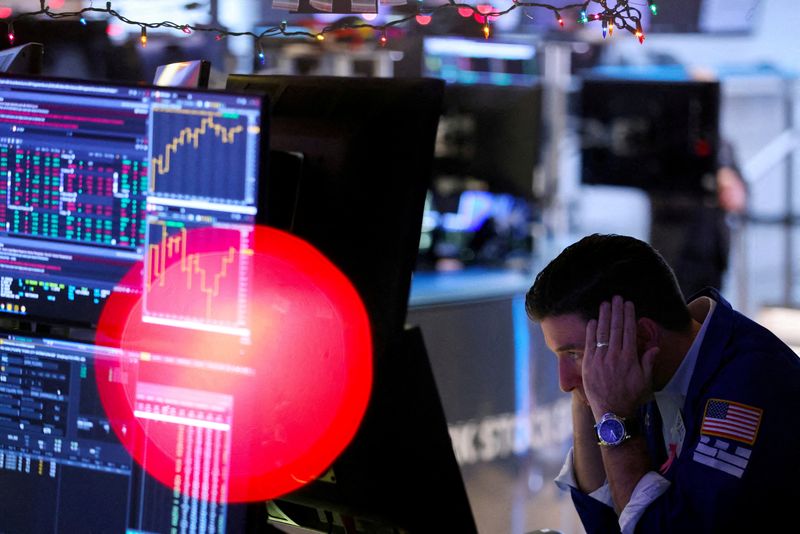Morgan Stanley on why global clean power is ‘at a tipping point’

Investing.com — Morgan Stanley analysts argue that global clean power is now at a “tipping point,” driven by rapidly evolving market dynamics, technology advancements, and the increasing demand for cleaner energy sources.
The world’s power systems are undergoing a profound transformation as electrification expands, clean energy costs fall, and the investment landscape shifts toward greener, more sustainable alternatives.
The cost of producing clean power has dropped, with a reduction of around a third since 2023, making renewable energy more competitive. This price deflation is most pronounced in Asia, where energy prices are now lower compared to Europe and the U.S., marking a global trend.
Morgan Stanley predicts that the power markets are entering a ‘new normal,’ characterized by higher demand and sustained elevated prices. The tightening of power markets is not just a temporary situation but a structural shift.
As the supply of conventional power generation has lagged, particularly after the COVID-19 pandemic, this has created an opportunity for renewables and hybrid power sources to step in and meet the growing demand.
Hybrid systems that combine gas and renewable energy have been outperforming pure renewables as they are better suited to respond to tight energy markets, offering more reliable power generation and higher returns.
Key to this tipping point is the rapid deflation of clean power equipment costs. Morgan Stanley notes that the cost of solar and wind technologies has fallen, surpassing expectations.
Equipment prices for clean power have dropped by 20-50% in the past year alone, largely due to new localized supply chains and technological advancements, especially in regions like Southeast Asia and India.
This deflationary trend is fueling greater investments in renewables, as lower costs improve the profitability of clean power generation.
This shift in supply chains is also a critical aspect of the current market dynamics.
While China has historically dominated the production of clean energy equipment, there are increasing signs of capacity growth in Southeast Asia and India, which could diversify global supply chains.
This trend is seen as a response to trade barriers and the need for more resilient and regionally focused production capabilities.
The analysts emphasize that investment in power grids is crucial to supporting this transition. Grid investments are at an inflection point, with capital being directed toward modernizing and expanding grids to handle the distributed generation profile of renewables.
This shift is vital for ensuring that the increasing share of renewable energy can be efficiently integrated into the existing power infrastructure.
Morgan Stanley flags that grid-related investments are ramping up across all major regions, with long backlogs for grid equipment orders reflecting the growing demand for infrastructure upgrades.
Overall, Morgan Stanley suggests that the global clean power sector is poised for continued growth and potential revaluation. With power prices expected to remain higher for longer, alongside declining clean energy production costs, there is upside for renewable power generators, grid operators, and equipment suppliers.
This tipping point in global clean power represents a structural shift rather than a cyclical one, marking a crucial moment for investors and stakeholders in the energy transition.
As such, Morgan Stanley forecasts that companies operating in this space, particularly those with flexible generation capabilities and strong renewable portfolios, are likely to see improved returns on equity and stronger long-term growth prospects.







